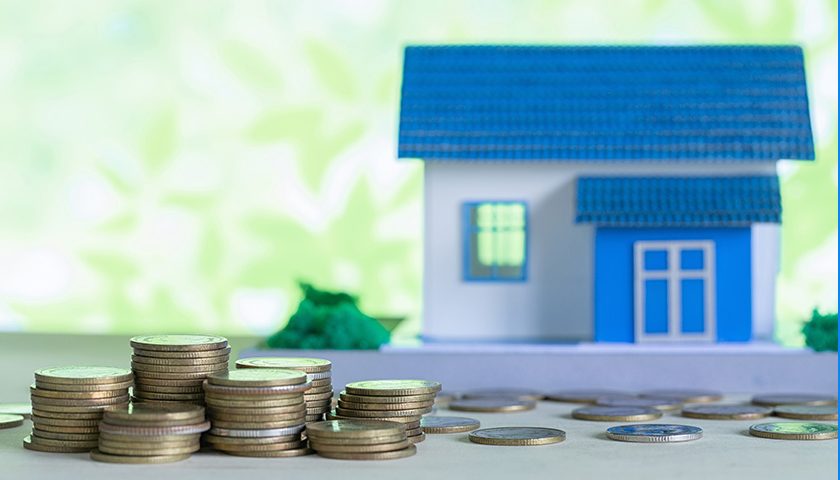The day that the last instalment on your home loan gets deducted is a significant one. It signals the end of much financial restraint and the beginning of true homeownership. For many of us, this is when we can heave a big sigh of relief and look forward to a debt-free life.
However, amidst the celebrations, there are crucial post-repayment tasks that cannot be forgotten. These are the steps that ensure a happy ending to the process of owning your home with no hindrances and leading a financially secure life.
Here is a step-by-step guide on how to organise your life after your home loan has been repaid.
Original documents
This is the most crucial step. Once your loan is repaid, the lender is obligated to return all original documents to you, which would have been collected at the start of the loan repayment process. Take out the list that the lender had given you and verify all documents against it to make sure that nothing is missed.
Documents like the sale deed, property registration, the loan agreement, and letter of possession are a hassle to obtain if lost or are not returned in pristine condition.
NOC certificate
One of the first steps is to get the No Dues Certificate (NDC) from the lender. This certifies that you have finished repaying the loan and that the lender does not have any rights or claim to your property.
The document should list out all relevant details like the name of the owner, the address of the property, the loan amount, and the date the loan was repaid among others. Make sure that the document has been signed by the lender and copies are made.
Lien on the property
It is common practice to put a lien on the property if the lender is unsure about your capability to repay the loan. This bars the borrower from selling the property while the loan is active. It also allows the lender to sell the property and recover the amount if you default on the loan.
When the loan is repaid, it is imperative that you remove the lien against your name by visiting the Registrar’s office along with a representative from the lender’s side, and updating the records. The Registrar will then give you a release certificate as proof.
Encumbrance certificate
The encumbrance certificate contains all the records regarding the financial transactions related to your property. Once the loan is repaid, the certificate must be updated to reflect the same and certify that the property is free from any monetary or legal issues.
Credit records
Similar to the encumbrance certificate, the closure of the loan should be updated in your credit records. It is the lender’s responsibility to inform the appropriate credit bureau so that it is reflected in your credit report.
Saving for the future
Ok, your loan is repaid, and your documents are also in order. But have you decided on what to do with the monthly amount that you had been paying as EMIs? Ideally, this is about 40% to 50% of your monthly salary, and now you have the entire amount in your hands.
Now that you no longer have to worry about paying rent or EMIs it’s a wise move to invest that amount to build a nest egg. Perhaps there are college education fees or medical expenses for elderly parents coming up in the distant future. Or simply cushion yourself against unpredictable life events like the loss of your job or a death. Saving the surplus amount will enable you to meet the curves that life throws with confidence.


